Rosca de Reyes is a soft, lightly sweet, orange-scented bread that is traditionally eaten with a cup of hot chocolate on the Feast of the Epiphany.

Three Kings Bread
The French have their King Cakes that we commonly think of as a part of the pre-Lenten Mardi Gras celebration. However, king cakes originated as a way to celebrate the Feast of the Epiphany on January 6th. This is the day that celebrates the Maji’s visit to the Christ child.
Rosca de Reys (or Roscon de Reyes) is the Spanish King Cake. It is also known as “Three Kings Bread” or “King’s Ring”. It is traditional to bake a small baby figurine and a dry bean into the bread. The person who finds the baby will have good luck in the following year. The person who finds the bean has to pay for the party!
What we found incredibly interesting while researching this bread is that, in Spain, people traditionally give gifts on Epiphany, or Three Kings Day. This practice remembers the gifts that the Kings brought to the baby Jesus.

Our Rosca de Reyes Recipe
The dough for this bread is incredibly soft. Take care as you are kneading it. Ad only as much flour as is necessary to keep the dough from sticking to your hands.
Rosca de Reys are traditionally baked into the shape of a crown and decorated with bright candied fruit (oranges and cherries are most common).
If you’d like to make your own candied fruit, you can use the same process as our Candied Orange Peel recipe using whole slices of oranges. Since you will be baking the fruit after it is on the bread, you can skip the final drying step in the candied peel recipe!
The decorations speak nicely to the flavor of the bread itself. It is only lightly sweet but is bursting with a beautiful orange flavor from orange zest and orange blossom water.
What is Orange Blossom Water?
Orange blossom water (or orange flower water) is a natural extract made from distilling orange blossoms. You will find this water used in many Mediterranean, French, and Spanish desserts. It is also used in Middle Eastern cooking and in Moroccan coffee.
There are many brands of orange blossom water available, but you will probably need to look for it in specialty stores or you can find What is a substitute for Orange Blossom Water?
If you can’t find orange blossom water, you can substitute 1-2 drops of orange oil or 2-3 tsp of orange liqueur (like Triple Sec) for each 1/2 tsp of orange blossom water called for in the recipe. (So in our recipe below, you would need 6 drops of orange oil or 1/4 c of Triple Sec. If using the Triple Sec, you will probably need to increase the flour a bit to keep the dough from being too sticky.) Happy baking! DISCLOSURE: This post contains Amazon affiliate links. These links are provided to help you find some of the more specialty products we mention in the recipe. If you make any purchase by clicking through our links, we receive a small commission from Amazon, at no extra cost to you. Thank you for supporting Curious Cuisiniere! Sarah is one of Curious Cuisiniere’s founding duo. Her love for cultural cuisines was instilled early by her French Canadian Grandmother. Her experience in the kitchen and in recipe development comes from years working in professional kitchens. She has traveled extensively and enjoys bringing the flavors of her travels back to create easy-to-make recipes.Rosca de Reyes (Three Kings Bread)
Ingredients
For the Preferment
For The Dough
To decorate
Instructions
For the Preferment
For the Dough
Notes
If you liked this recipe, here are some similar dishes you may enjoy!

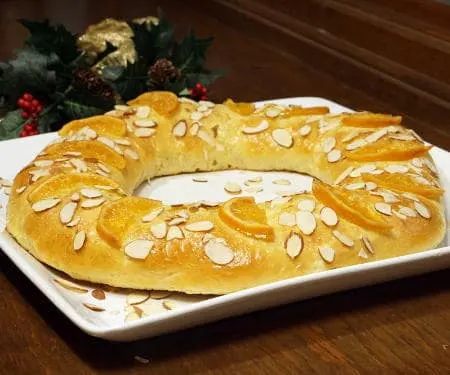
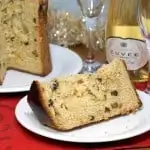
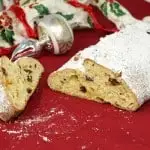

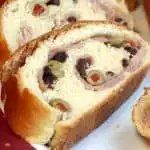
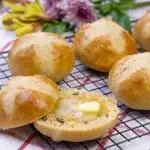
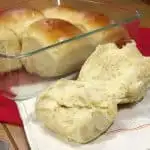
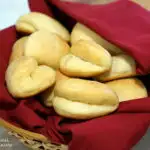
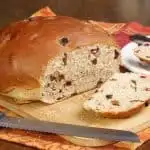
Heather Huerta
Friday 5th of January 2018
Hi, Did your bread some out soft in the inside? Thanks - looks beautiful!
Sarah Ozimek
Saturday 6th of January 2018
Hi Heather. Thank you! Yes, this bread has a soft texture when it is done.
Jennifer Dykstra
Monday 18th of December 2017
Do you know how long this will keep either at room temp or in the freezer?
Sarah Ozimek
Monday 18th of December 2017
Room temperature, I would say 2-3 days. Well, wrapped in the freezer, 2-3 months. Enjoy!